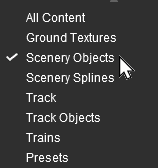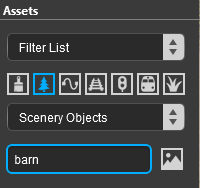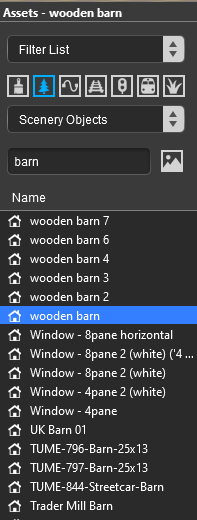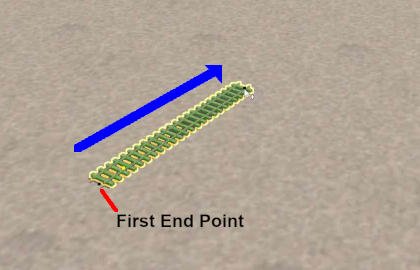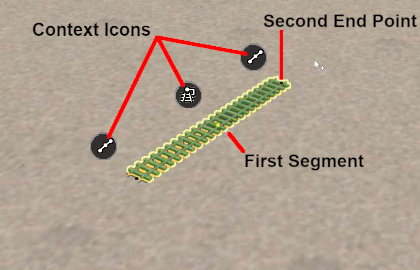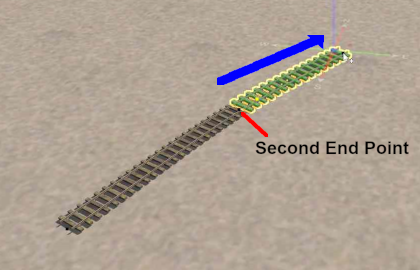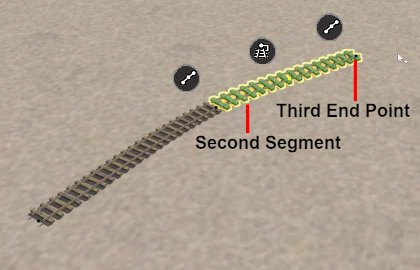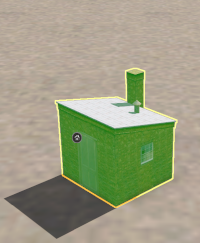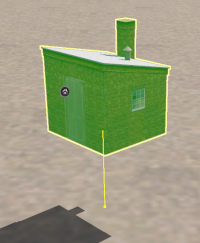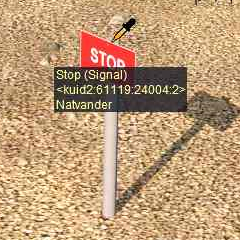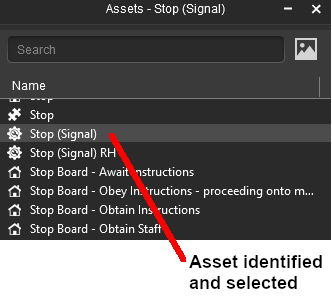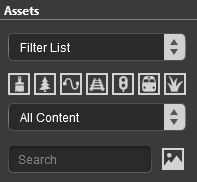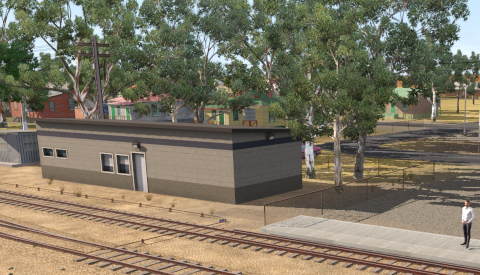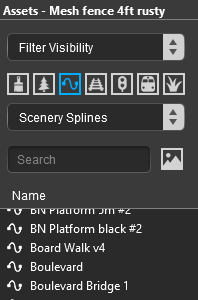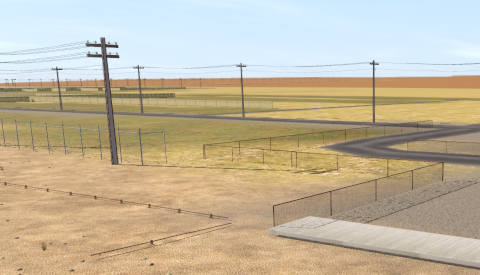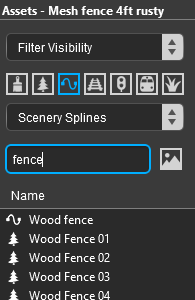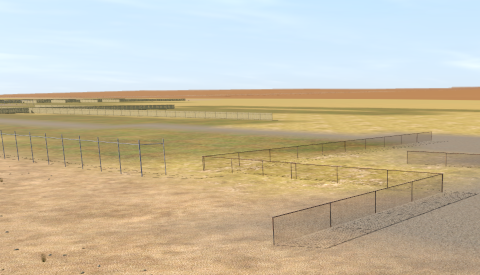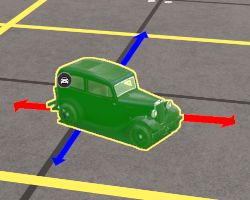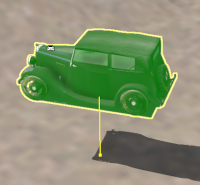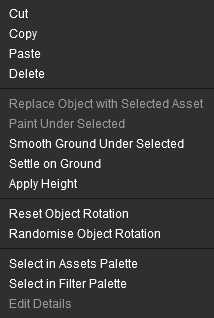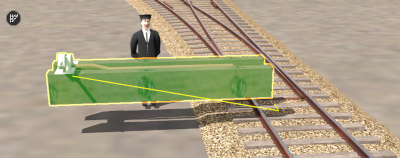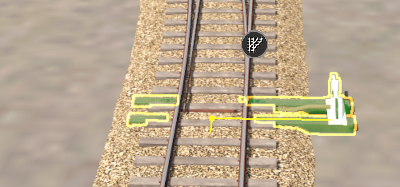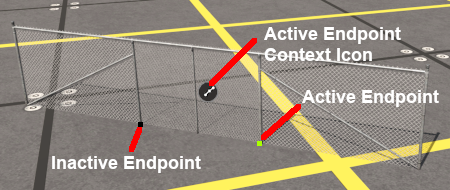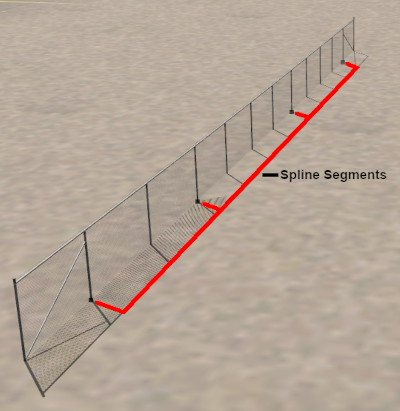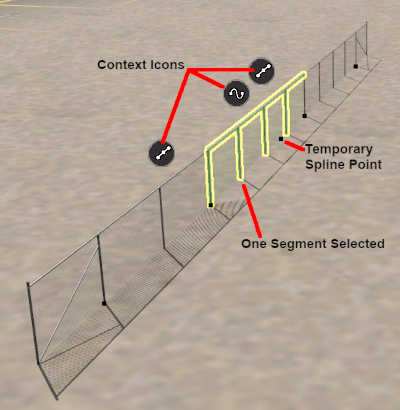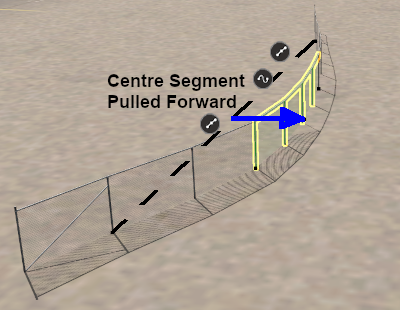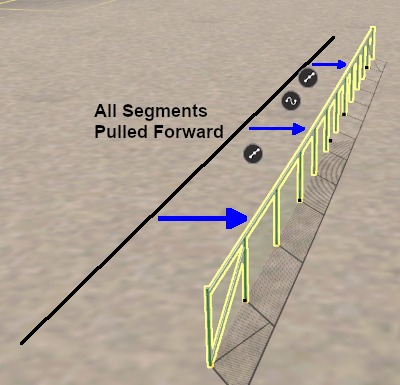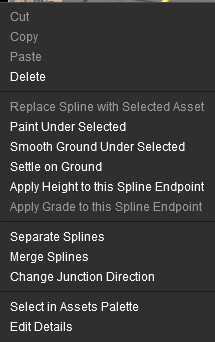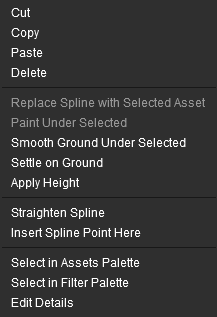How to Use S20 Tools
(→Placement Tool Options) |
|||
| Line 971: | Line 971: | ||
=='''Placement Tool Options'''== | =='''Placement Tool Options'''== | ||
| + | |||
| + | The '''Tool Options Palette''' <span style="font-weight: 700; font-size: 15px; color: white; background-color: black;"> Height </span> setting for '''Scenery Mesh Objects''', '''Scenery Splines''' and '''Track Splines''' when using the '''Placement Tool''' does not show a gold coloured icon which indicates an "active" control setting but the setting '''<u>is</u>''' active.<br> | ||
<br> | <br> | ||
<span style="font-weight: 700; font-size: 17px; color: white; background-color: blue;"> Mesh Object Tool Options </span><br> | <span style="font-weight: 700; font-size: 17px; color: white; background-color: blue;"> Mesh Object Tool Options </span><br> | ||
<br> | <br> | ||
| − | |||
| − | |||
<table width=1000> | <table width=1000> | ||
<tr valign="top"> | <tr valign="top"> | ||
| Line 999: | Line 999: | ||
<tr valign="top"> | <tr valign="top"> | ||
<td>[[image:PencilTips.PNG|link=]]</td> | <td>[[image:PencilTips.PNG|link=]]</td> | ||
| − | <td>The height in the '''Tool Options Palette''' can also be applied using the <span style="font-size: 15px; font-weight: 700; color: white; background-color: black;"> Set Height </span> option in the objects '''Context Menu'''.</td> | + | <td>The height in the '''Tool Options Palette''' can also be applied '''<u>after the object has been placed</u>''' using the <span style="font-size: 15px; font-weight: 700; color: white; background-color: black;"> Set Height </span> option in the objects '''Context Menu'''.</td> |
</tr> | </tr> | ||
</table> | </table> | ||
| Line 1,068: | Line 1,068: | ||
<tr valign="top"> | <tr valign="top"> | ||
<td> | <td> | ||
| − | <table bgcolor=# | + | <table bgcolor=#ffffe0 width=696 cellpadding=2> |
| + | <tr valign="top"> | ||
| + | <td>[[image:PencilTips.PNG|link=]]</td> | ||
| + | <td>The <span style="font-size: 15px; font-weight: 700; color: white; background-color: black;"> Height </span> setting in the '''Tool Options Palette''' can also be applied to a '''selected''' spline '''endpoint''' or '''segment'''. If the '''endpoint''' or '''segment''' is at the end of the spline then the following new endpoints and segments will be added at the new height.<br> | ||
| + | The height change can be made by:- | ||
| + | *directly entering a value in the '''Tool Options''' height setting, '''OR''' | ||
| + | *selecting the '''Set Height''' option from the object '''Context Menu'''</td> | ||
| + | </tr> | ||
| + | </table> | ||
| + | </td> | ||
| + | </tr> | ||
| + | </table> | ||
| + | </td> | ||
| + | </tr> | ||
| + | </table> | ||
| + | <br> | ||
| + | <table bgcolor=#000000 width=900 cellpadding=2> | ||
| + | <tr valign="top"> | ||
| + | <td> | ||
| + | <table bgcolor=#ffffb0 width=896 cellpadding=2> | ||
<tr valign="top"> | <tr valign="top"> | ||
<td>[[image:NotePad.PNG|link=]]</td> | <td>[[image:NotePad.PNG|link=]]</td> | ||
| Line 1,078: | Line 1,097: | ||
<td> </td> | <td> </td> | ||
<td>The <span style="font-size: 15px; font-weight: 700; color: gold; background-color: black;"> Grade </span> may cause some confusion. It is defined as '''vertical rise''' divided by '''horizontal distance''' converted to a percentage figure. So a grade of 100% (the maximum allowed) would mean a gradient formed by both measurements having the same value (e.g. a rise of 50m over a distance of 50m). A vertical grade (such as up a cliff face) would have an infinite grade which is currently impossible in Surveyor.</td> | <td>The <span style="font-size: 15px; font-weight: 700; color: gold; background-color: black;"> Grade </span> may cause some confusion. It is defined as '''vertical rise''' divided by '''horizontal distance''' converted to a percentage figure. So a grade of 100% (the maximum allowed) would mean a gradient formed by both measurements having the same value (e.g. a rise of 50m over a distance of 50m). A vertical grade (such as up a cliff face) would have an infinite grade which is currently impossible in Surveyor.</td> | ||
| − | |||
| − | |||
| − | |||
</tr> | </tr> | ||
</table> | </table> | ||
Revision as of 06:48, 13 January 2023
The information in this Wiki Page applies to Surveyor 2.0 (S20) as found in Trainz Plus.
This document is still being written
|
|
|||||||||
The Tools Palette
 |
|
|||||||||||||||||
The Brush Tool
The Brush Tool is used for painting the route. It can:-
When selected, the Brush Tool will show two drop down menu lists. |
 |
| The first drop down menu will set the Brush Target, the type of brush. The Targets are:- |
|||||
|
 |
|
|||
Ground Height
|
When the Ground Height Target is selected, the second drop down box will give a choice of several Ground Height tools.
| The choices are:- | |
|
 |
| The available brush tool options are shown in the Tool Options Palette with a Gold coloured icon next to their names. Those options that have their icon greyed out will be ignored, but they can still be edited. | ||||||||||||||||||||||||||||||||||||
Height Up/Height Down 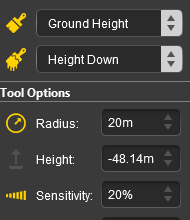 |
Set Height  |
Grade 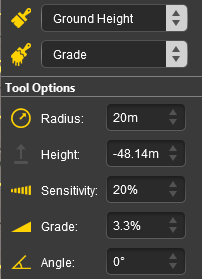 |
|
|||||||||||||||||||||||||||||||||
|
Ground Texture
|
When the Ground Texture Target is selected, the second drop down box will be disabled - there are no brush texture tool choices.
The available brush tool options are shown in the Tool Options Palette with a Gold coloured icon next to their names. Those options that have their icon greyed out will be ignored, but they can still be edited.
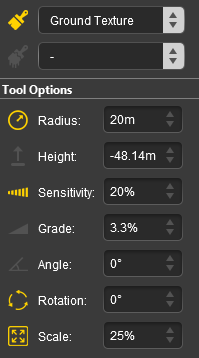 |
|
||||||||||||||||||||||||||||
|
Scrapbook Data
|
|
The Scrapbook Brush
When the Scrapbook Data Target is selected, the second drop down box will give a choice of two Scrapbook Data tools.
| The choices are:- | |
|
|
|
| The available brush tool options are shown in the Tool Options Palette with a Gold coloured icon next to their names. Those options that have their icon greyed out will be ignored, but they can still be edited. | |||||||||||||||||||||||||||||||
Scrapbook Brush 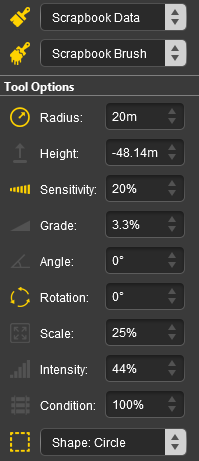 |
Scrapbook Clone  |
|
|||||||||||||||||||||||||||||
|
The Scrapbook Palette  |
|
|||||||||||||||||||||||||||||||||||||||||||
Edit Effect Layers...
When this Target is selected, the Edit Effect Layers options will appear. This is the same as selecting Edit Effect Layers ... from the Trainz Edit Menu.
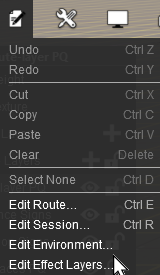 |
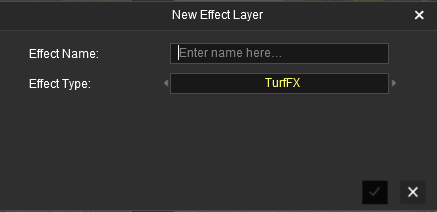 |
 |
 |
More information on creating and editing Effect Layers can be found on the Trainz Wiki at:- |
The Placement Tool
The Placement Tool is used to add objects to the route.
The first step is to identify and select the particular object that you want to add to the route. Placing a Scenery Mesh ObjectIndividual "non-spline" scenery objects that are not attached to track are often referred to in Trainz terminology as Scenery Mesh Objects.
Placing a Scenery or Track SplineTo start the process of laying a track or spline, follow the steps listed above for placing a Scenery Mesh Object.
When you start adding a spline to a route it will always be placed at the height of the terrain regardless of the Tool Options Height setting. However, you can set the height of the last segment that was added and the following segments.
Placement Tool OptionsThe Tool Options Palette Height setting for Scenery Mesh Objects, Scenery Splines and Track Splines when using the Placement Tool does not show a gold coloured icon which indicates an "active" control setting but the setting is active.
Spline Tool Options
Deleting Placed Objects
The Eyedropper Tool
|
||||||||||||||||||||||||||||||||||||||||||||||||||||||||||||||||||||||||||||||||||||||||||||||||||||||||||||||||||||||||||||||||||||||||||||||||||||||||||||||||||||||||||||||||||||||||||||||||||||||||||||||||||||||||||||||||||||||||||||||||||||||||||||||||||||||||||||||||||||||||||||||||||||||||||||||||||||||||||||||||||||||||||||||||||||||||||||||||||



